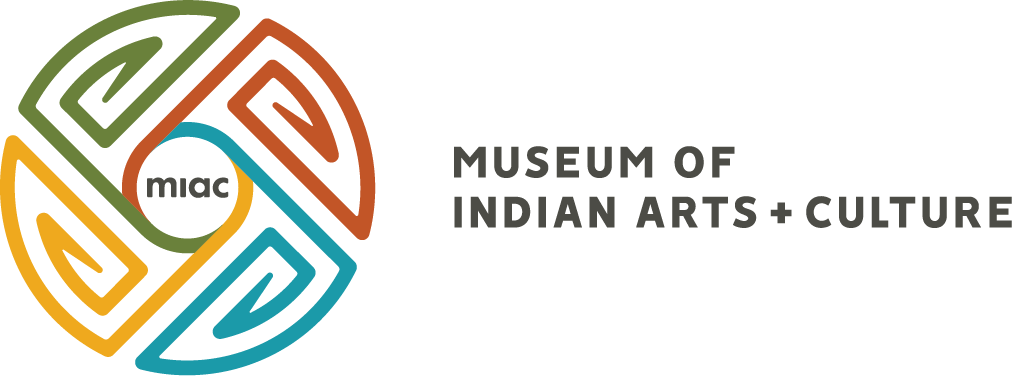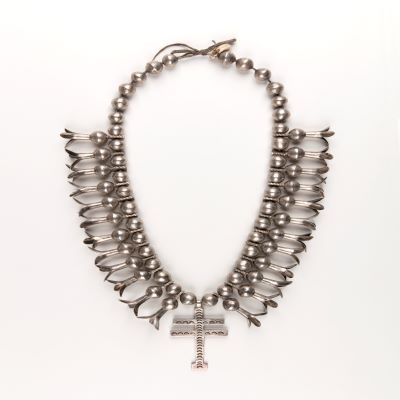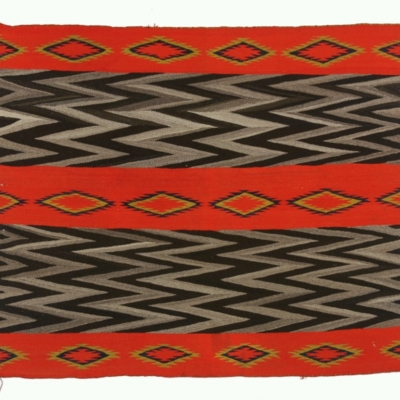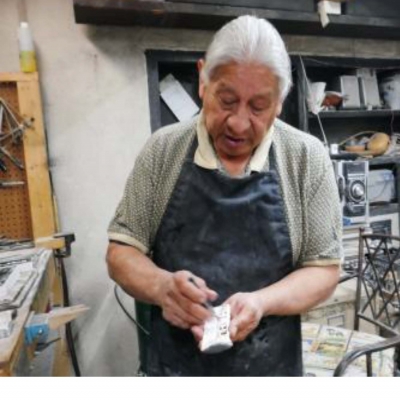Past Exhibitions
Oblique Views: Archaeology, Photography, and Time
October 25, 2015 through May 7, 2017
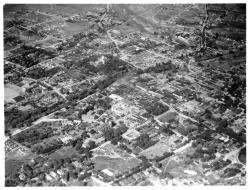
Santa Fe
Even in 1929, Santa Fe was an art center, the state capital, and a historic community. It was still a town rather than a city, however, and agricultural fields can be seen not far from the Plaza (approximately at the center of the photo), the heart of the social and economic life of the town. The old capitol building can be seen surrounded by trees in the upper center. Trees also mark the Santa Fe River, which forms a wandering diagonal from lower left to upper right. North is to the right in this photograph. Photograph by Charles A. and Anne Morrow Lindbergh, 1929.
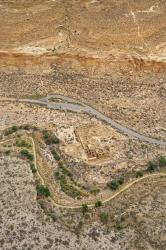
Pueblo del Arroyo
In the years since the Lindberghs took their photograph of Pueblo del Arroyo, Chaco Wash has been channelized and the arroyo banks have been rebuilt around the tri-walled structure. Most but not all of the pueblo rooms excavated by Judd are still open; some have been backfilled to add stability to the structure. Most of the historic features visible in the Lindbergh photograph have been removed by the National Park Service, although Chaco Canyon Cemetery, burial place of Richard and Marietta Wetherill and present but largely invisible in 1929, can easily be seen against the canyon wall. The park service has added a paved road, a parking lot, and trails for visitors touring the site. Controlling the wash and the removal of grazing stock animals have allowed the vegetation in the canyon to recover. Photograph by Adriel Heisey, 2008.
For the first time in Oblique Views: Archaeology, Photography, and Time, large prints of Heisey’s stunning images will be paired directly with the Lindberghs’. The exhibition opens October 25, 2015 and runs through May 7, 2017 at the Museum of Indian Arts and Culture.
During 2007 and 2008, flying at alarmingly low altitudes and slow speeds, Adriel Heisey leaned out the door of his light plane, and holding his camera with both hands, re-photographed some of the Southwest’s most significant archaeological sites that Charles Lindbergh and his new bride Anne photographed in 1929.
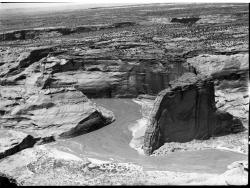
White House Ruin
White House Ruin is composed of two parts: a larger room block on the canyon floor that rose to four stories high in the back, and another set of rooms built in a rock shelter immediately above. The upper rooms could have been reached from the fourth-story roof of the lower structure. The bulging, stained walls of the rock face above the rock shelter have made the site a favorite photographic subject. Timothy O’Sullivan photographed the site in the mid-1870s, and it has been well photographed ever since, including by Ansel Adams. Photograph by Charles A. and Anne Morrow Lindbergh, 1929.
